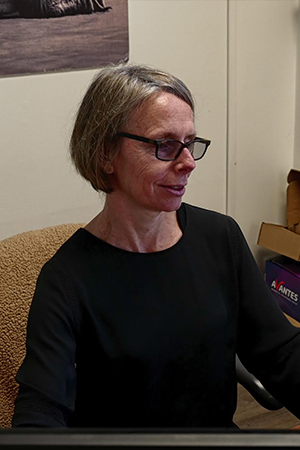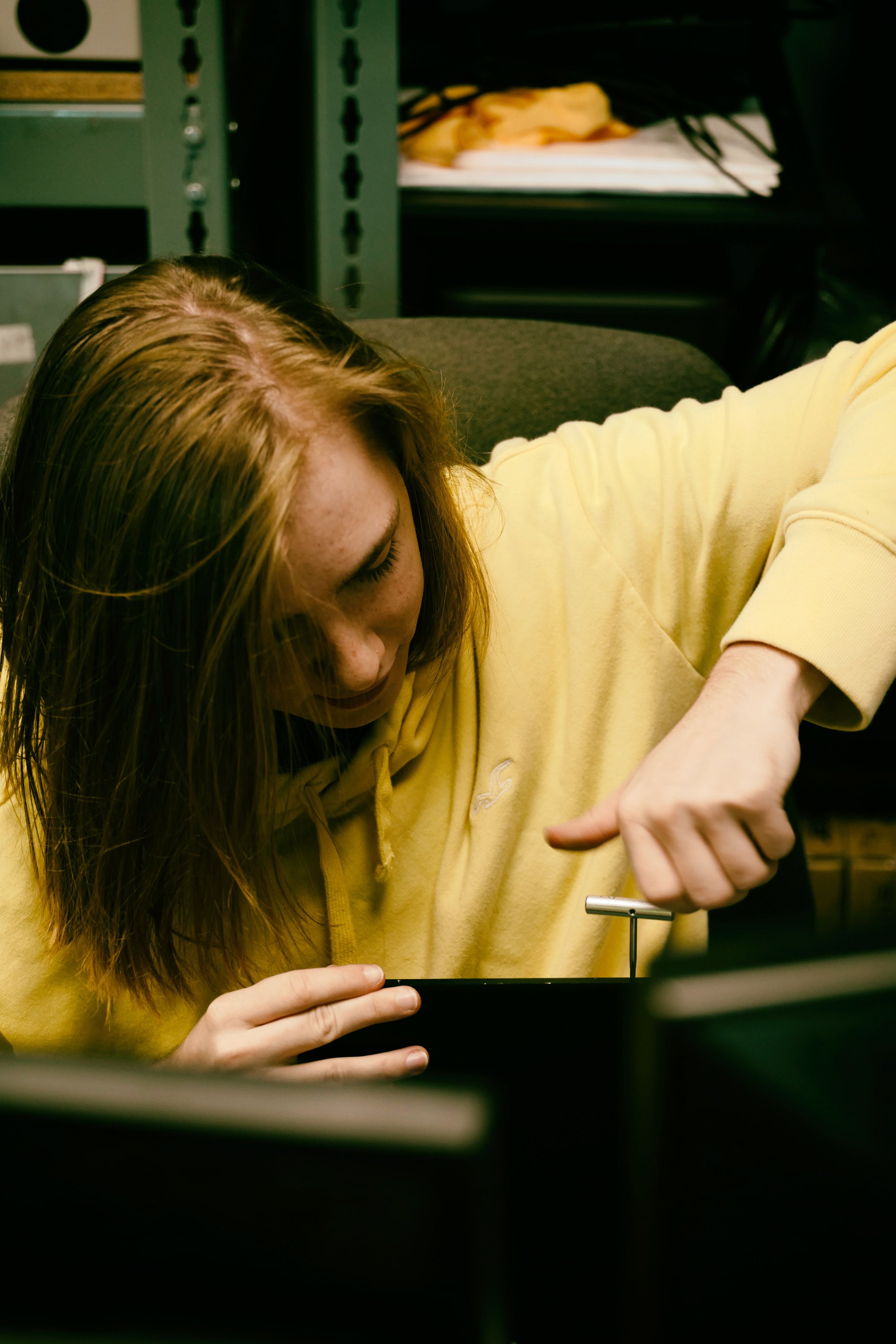The 15-Second Trick For Spectrophotometers
Table of ContentsUv/vis/nir for BeginnersSome Known Questions About Circular Dichroism.The 4-Minute Rule for Uv/visExcitement About Uv/visUv/vis Things To Know Before You Get This

Spectrophotometry is most typically applied to ultraviolet, visible, and infrared radiation, contemporary spectrophotometers can interrogate large swaths of the electro-magnetic spectrum, consisting of x-ray, ultraviolet, visible, infrared, and/or microwave wavelengths. Spectrophotometry is a tool that hinges on the quantitative analysis of particles depending upon just how much light is taken in by colored substances.
Uv/vis/nir for Dummies
A spectrophotometer is commonly used for the measurement of transmittance or reflectance of services, transparent or opaque solids, such as polished glass, or gases. Many biochemicals are colored, as in, they take in visible light and for that reason can be determined by colorimetric treatments, even colorless biochemicals can frequently be converted to colored substances appropriate for chromogenic color-forming responses to yield compounds appropriate for colorimetric analysis.: 65 However, they can also be created to determine the diffusivity on any of the listed light ranges that usually cover around 2002500 nm using different controls and calibrations.
An example of an experiment in which spectrophotometry is utilized is the determination of the equilibrium constant of a solution. A certain chemical reaction within an option may occur in a forward and reverse direction, where reactants form items and products break down into reactants. At some point, this chemical response will reach a point of balance called a balance point.
The 7-Minute Rule for Uv/vis
The quantity of light that goes through the solution is a sign of the concentration of particular chemicals that do not allow light to pass through. The absorption of light is due to the interaction of light with the electronic and vibrational modes of particles. Each type of molecule has an individual set of energy levels related to the makeup of its chemical bonds and nuclei and therefore will absorb light of specific wavelengths, or energies, leading to distinct spectral properties.
They are commonly used in numerous industries including semiconductors, laser and optical production, printing and forensic examination, as well as in laboratories for the research study of chemical compounds. Spectrophotometry is often used in measurements of enzyme activities, decisions of protein concentrations, determinations of enzymatic kinetic constants, and measurements of ligand binding reactions.: 65 Ultimately, a spectrophotometer is able to determine, depending on the control or calibration, what substances are present in a target and precisely how much through calculations of observed wavelengths.
Created by Arnold O. Beckman in 1940 [], the spectrophotometer was developed with the aid of his associates at his company National Technical Laboratories established in 1935 which would end up being Beckman Instrument Company and ultimately Beckman Coulter. This would come as an option to the check previously produced spectrophotometers which were not able to absorb the ultraviolet correctly.
The Best Guide To Uv/vis
It would be found that this did not provide acceptable results, for that reason in Model B, there was a shift from a glass to a quartz prism which permitted for much better absorbance results - circular dichroism (https://allmyfaves.com/olisclarity1?tab=Olis%20Clarity). From there, Design C was born with a change to the wavelength resolution which wound up having 3 units of it produced
It irradiates the sample with polychromatic light which the sample soaks up depending on its properties. It is transmitted back by grating the photodiode selection which discovers the wavelength region of the spectrum. Ever since, the development and implementation of spectrophotometry devices has increased immensely and has actually turned into one of the most innovative instruments of our time.

8 Easy Facts About Uv/vis/nir Described
The grating can either be movable or fixed.
In such systems, the grating is fixed and the intensity of each wavelength of light is measured by a different detector in the variety. When making transmission measurements, the spectrophotometer quantitatively compares the portion of light that passes through a referral option and a test option, then digitally compares the strengths of the 2 signals and computes the percentage of transmission of the sample compared to the reference standard.
